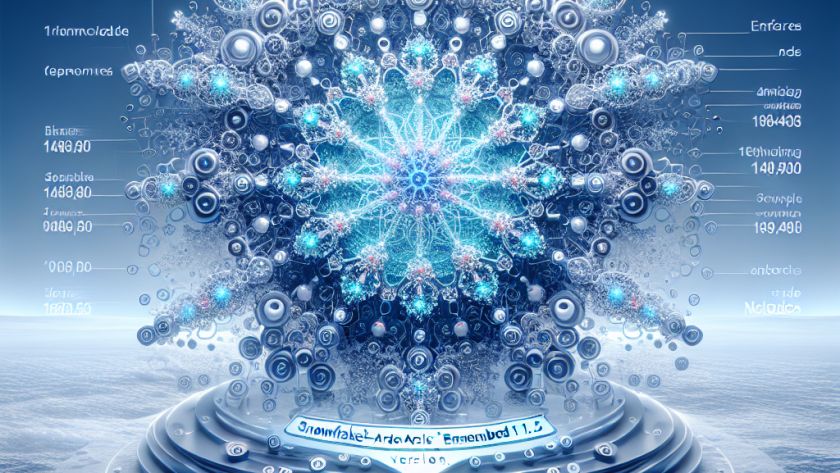Document Understanding (DU) involves the automatic interpretation and processing of various forms of data including text, tables, charts, and images found in documents. It has a critical role in extracting and using the extensive amounts of information produced annually within the vast multitude of documents. However, a significant challenge lies in understanding long-context documents spanning…












